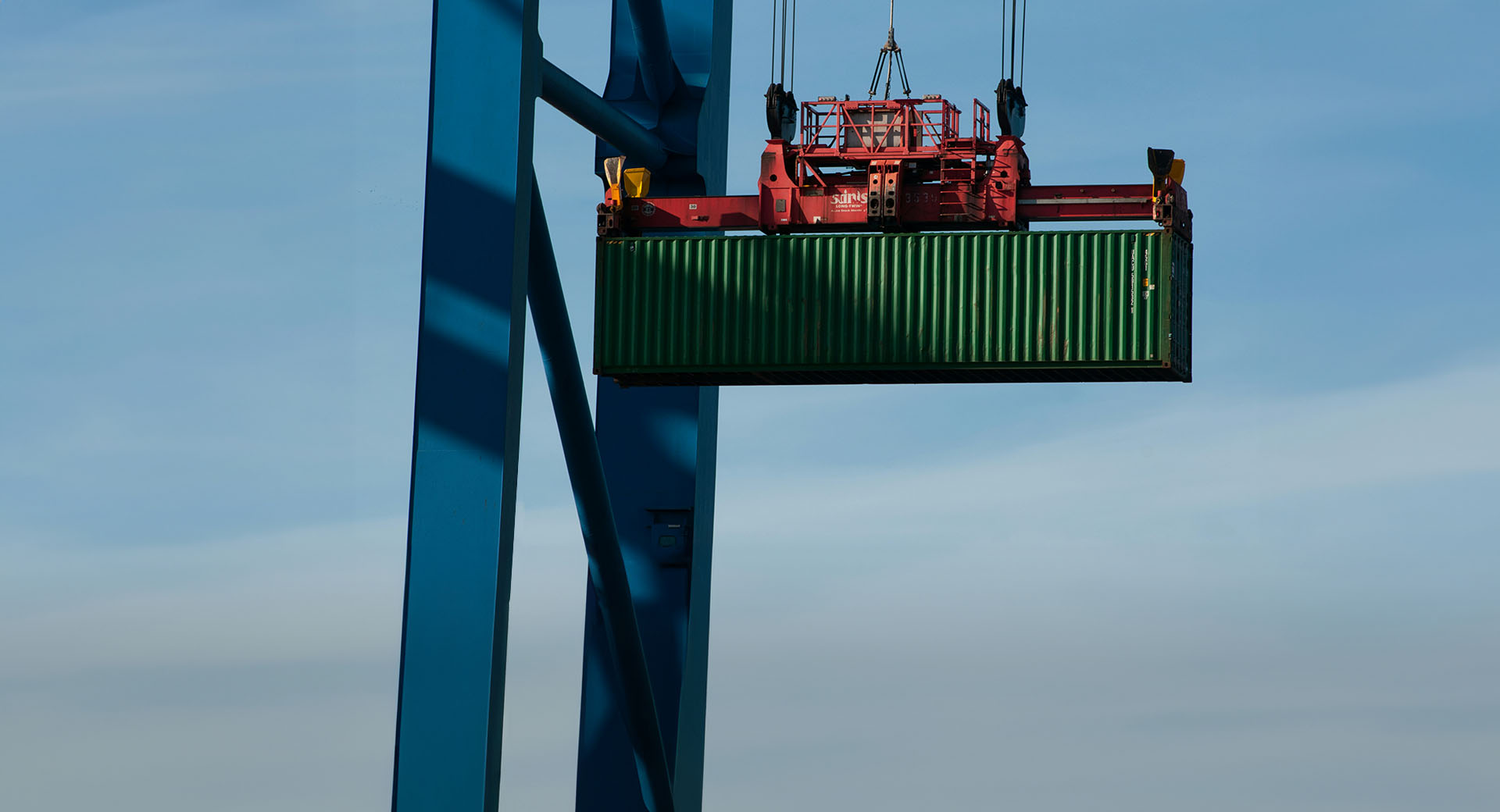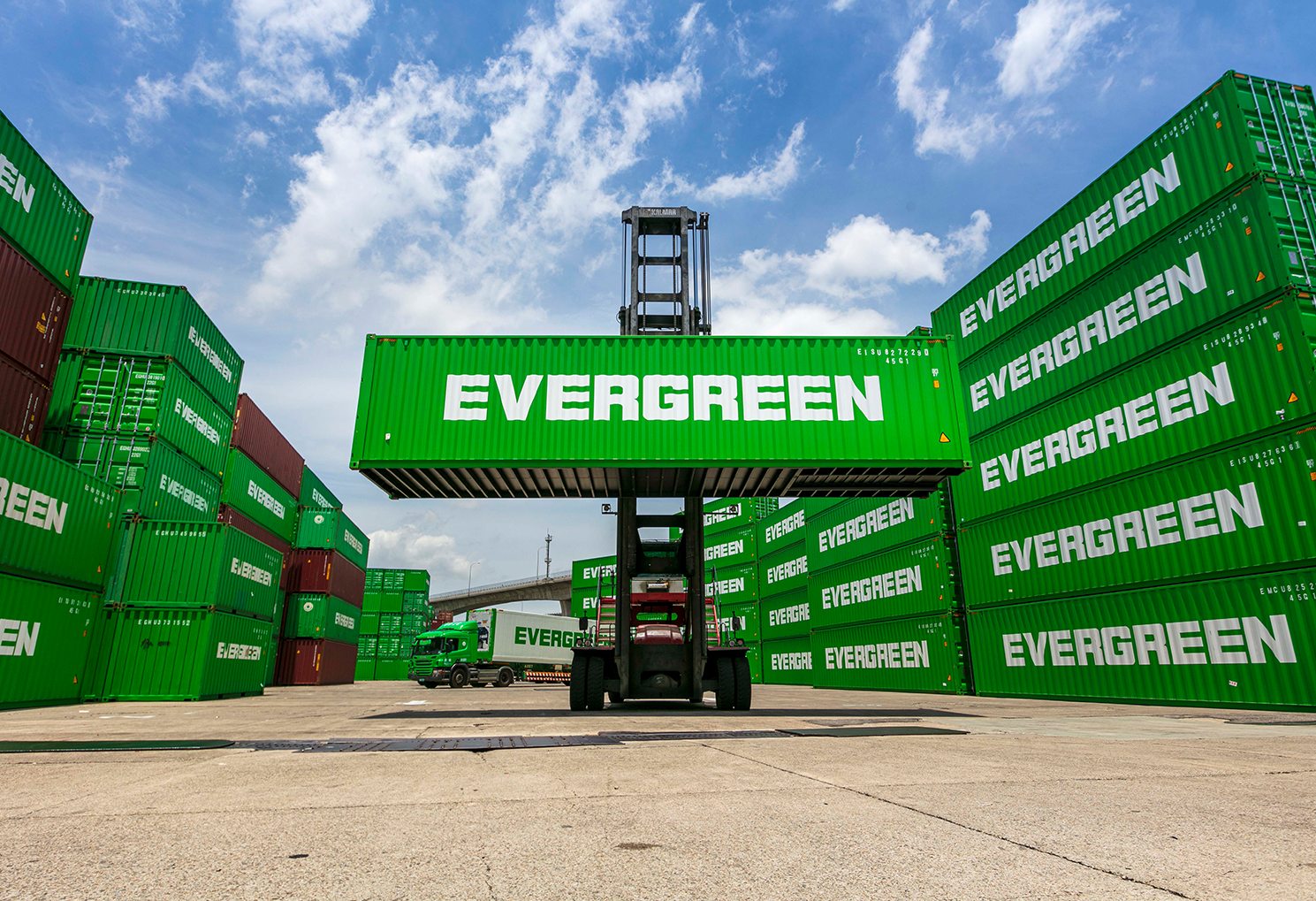Over 90% of internationally standardized transport containers are produced in China. For decades, these containers have been coated with solvent-based paints, even though this type of paint has made a significant burden on both humans and the environment.
Why solvent-based paint is dangerous
For a long time, scientists have identified that solvent-based paints used on ships and containers are a possible provider to health threat for factory workers and greenhouse gases. When the solvent-based paint starts to fade, it releases Volatile Organic Components (VOCs), which leads to gases leaking into the atmosphere and attacking the ozone layer. During this fading process, the factory workers are exposed for a health hazard, since the gases from the solvents can irritate eyes, lung tissue and mucous membranes. Carcinogenic, teratogenic and mutagenic effects have been proven as other consequences from VOCs.
Already during 2008, ship builders started to use water-based alternatives. Right now, the container makers are also doing their part to help limit the emissions that are assumed to contribute to the climate change. Container manufacturers and suppliers in China have therefore committed to complying with a new set of rules regarding container coating. From April 2017, they are obligated to start using water-based paint instead of solvent-based paint.
Consequences with the paint shift
Initially, the colour shift from solvent-based to water-based paint will cause higher prices since the production cost will increase significantly. The new paint system is more expensive and more demanding when you applicate it on a container, as this type of paint needs to be applied more carefully to reach the wanted quality.
When the water-based paint dries, the process is also more delicate and time consuming than when applying the solvent-based paint. For a 20-foot container water-based paint can take up to 20 hours to dry, compared with the conventional paints where it only takes four hours. Additionally, compliance with specifications regarding humidity, temperature and ventilation during the drying process is also crucial and means that factories need to invest in ventilation and general logistics. All aspects together lead to increasing costs.
Why the new water-based container paint is beneficial
Although, we are shifting the type of paint for a reason and there are significant benefits for everyone involved. Less toxic paint is important and water-based paint is both better for the health and for the environment. For example, the water-based paint reduces the emission of VOCs, improves air quality and reduces the health risk.
But these water-based paints do not only offer benefits for humans and the environment, they also offer benefits to the customers. If the paint is applied in a correct way, it also gives the container a higher quality paint surface, ensures a high shade stability and provides a superior long-term protection of the container.
At Greencarrier Liner Agency, we believe in acting in a sustainable way. We have a big focus and concern for the environment, therefore we feel proud to see that our industry is taking responsibility and making these coating adjustments. What are your thoughts about this subject? Comment this article below or in our social media channels.




